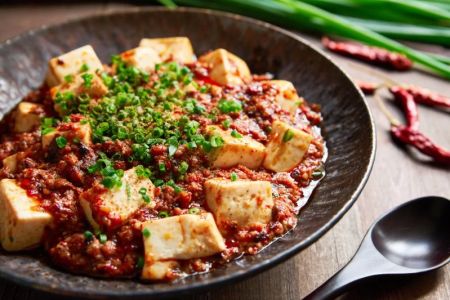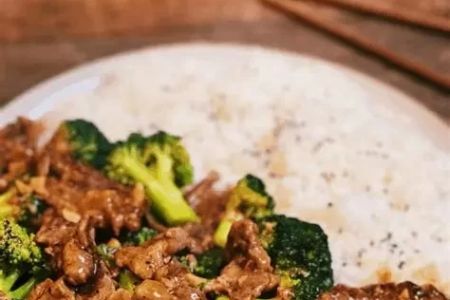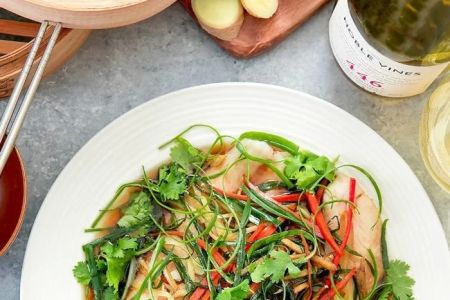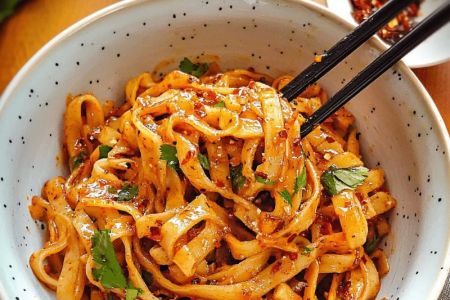- sugar-in-traditional-chinese-cuisine
- balancing-sweet-and-savory-in-classic-dishes
- regional-variations-of-sugar-use
- cultural-and-historical-significance-of-sugar
- modern-interpretations-and-trends
- bringing-flavor-balance-into-your-kitchen
1. Sugar in Traditional Chinese Cuisine
In Chinese cooking, sugar is much more than a sweetener. It plays a critical role in enhancing depth, softening bitterness, and creating harmony among bold flavors. Unlike Western cuisine, where sugar is often confined to desserts, Chinese culinary tradition incorporates sugar into savory dishes, sauces, and marinades. A simple stir-fry might include a dash of sugar to mellow salty soy sauce, while braised pork benefits from the caramelization that sugar provides during cooking. The concept revolves around balance, not excess sweetness.
2. Balancing Sweet and Savory in Classic Dishes
Classic Chinese dishes showcase the artistry of balancing sweet and savory flavors. Take “Hong Shao Rou” (red-braised pork belly) as an example: sugar is caramelized until golden, creating a glossy sauce that balances soy sauce, rice wine, and spices. Similarly, sweet and sour pork blends tangy vinegar with sugar to create a perfectly balanced sauce that coats each bite. These dishes illustrate how sugar works as a mediator, allowing contrasting flavors to complement each other rather than clash.
3. Regional Variations of Sugar Use
The use of sugar in Chinese cooking varies greatly across regions. In Shanghai cuisine, sugar plays a prominent role, often lending a subtle sweetness to savory dishes. Meanwhile, Sichuan cooking may use sugar strategically to soften the heat from chili peppers and Sichuan peppercorns. Cantonese dishes like char siu (barbecue pork) rely on sugar-based marinades to create their iconic glaze. These regional differences reflect how versatile sugar is as an ingredient, adapting to local tastes and cultural traditions.
4. Cultural and Historical Significance of Sugar
Sugar also holds cultural meaning in Chinese traditions. Historically, sugar was considered a luxury ingredient, often used in celebratory dishes during festivals and banquets. Offering sweet foods symbolized good fortune and happiness. Even today, Lunar New Year feasts include sweet snacks and desserts that reflect these traditions. Stories from older generations often recall the excitement of receiving candied fruits or sugar-coated nuts during special occasions, underlining sugar’s role beyond the kitchen as a symbol of joy.
5. Modern Interpretations and Trends
Today, chefs in China and abroad are reinterpreting the role of sugar in Chinese cooking. Some focus on health-conscious alternatives, replacing refined sugar with honey or natural sweeteners while preserving the essence of balance. Others experiment with fusion cuisine, combining Chinese cooking techniques with global flavors. A modern stir-fry might feature maple syrup as a sweet component, while contemporary fine dining dishes may showcase sugar as a garnish through artistic caramel work. These innovations demonstrate how Chinese cuisine continues to evolve while respecting its roots.
6. Bringing Flavor Balance into Your Kitchen
For home cooks eager to experiment, the key is understanding sugar as a tool for balance, not dominance. Start by adding small amounts when preparing savory dishes, then taste and adjust. A teaspoon of sugar in a soy-based sauce can transform its sharp saltiness into a smooth, complex flavor. Trying recipes like braised chicken wings or stir-fried vegetables with oyster sauce can help you appreciate this harmony firsthand. For curated recommendations and authentic recipes, Chinese Food is an excellent resource to explore, ensuring your dishes reflect the rich tradition of balancing sweet and savory flavors.







